Basement Waterproofing Innisfil
Leak Repairs & Prevention for Wet & Leaky Basements


Common Signs that you Need Basement Waterproofing Services
- Basement wall and floor leaks
- Water pooling on the basement floor
- Peeling paint
- Wet or damp basement walls or floors
- Damp smell in the basement
- Other air quality issues
Cost of Waterproofing in Innisfil
Waterproofing Project Durations
Full Spectrum of Basement Waterproofing Services

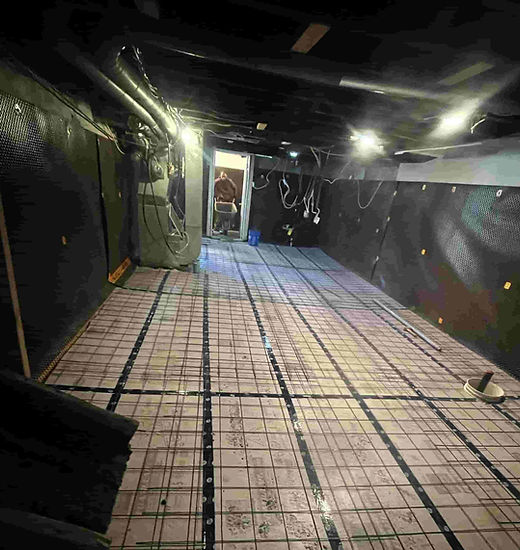





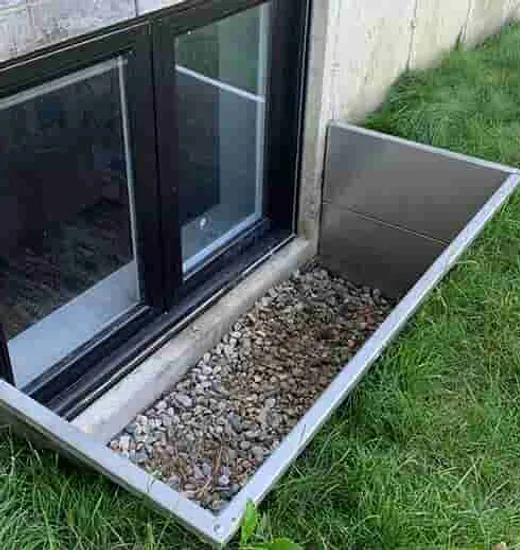



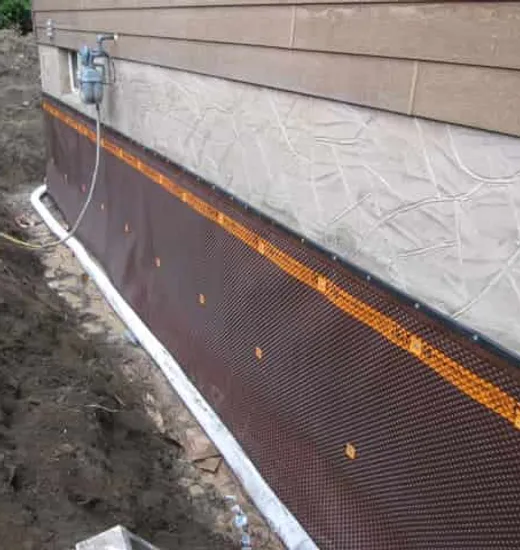
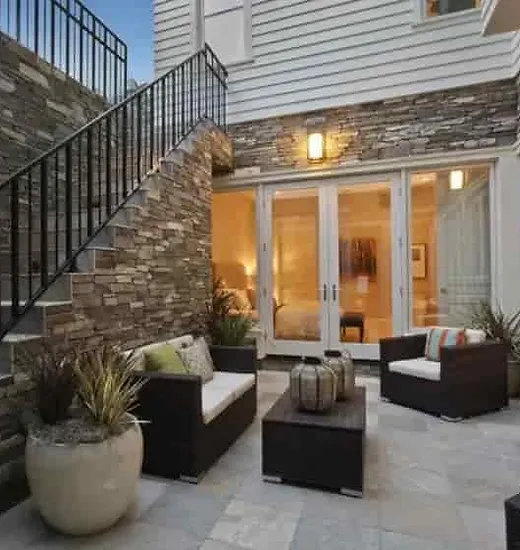
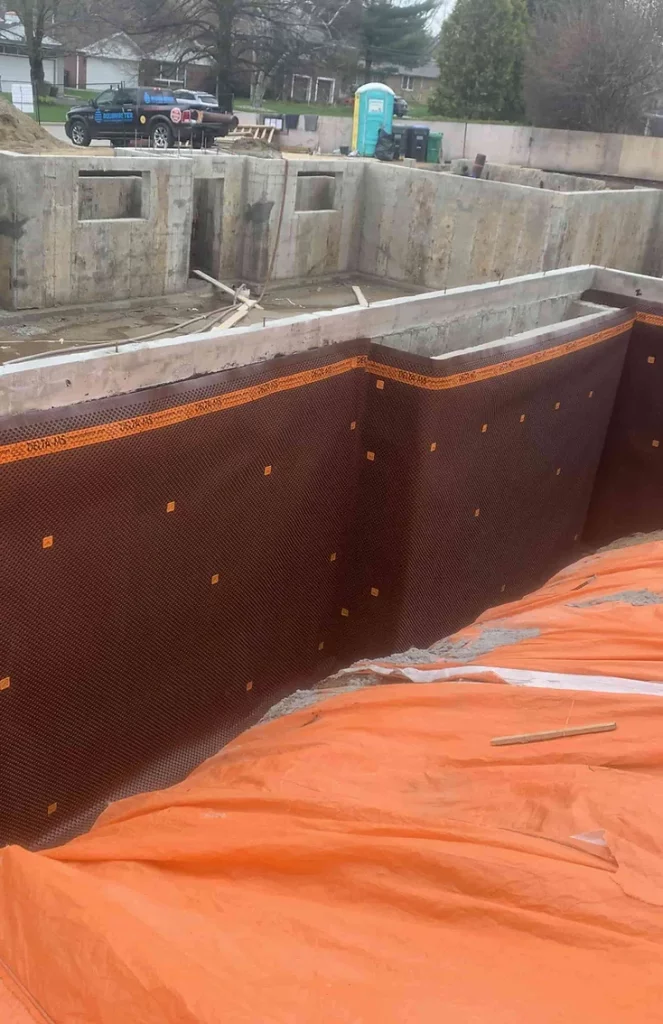
Popular Basement Waterproofing Materials in Innisfil
Frequently asked questions
Basement waterproofing is a range of services designed to keep your property free of water leaks, damp or wet basement problems. These services deal with various kinds of water leaks – from windows, walls, water commind up from the basement floor, tie rod hole leak repairs and more.
Basement waterproofing projects can include a number of services. interior & exterior waterproofing and more.
Interior and exterior waterproofing are two different approaches to preventing water from infiltrating a building’s foundation or basement. Both methods aim to protect the structure from water damage, but they are applied in distinct ways and have unique advantages and limitations. Here are the main differences between interior and exterior waterproofing:
1. Location of Application
Interior Waterproofing – involves installing waterproofing systems inside the basement or foundation walls. It typically includes measures like applying sealants, installing drainage systems, and adding interior barriers to prevent water from entering the basement or crawl space.
Exterior Waterproofing – is applied on the outside of the building’s foundation walls. It involves excavating the soil around the foundation, applying waterproof membranes or coatings, and installing drainage systems to divert water away from the foundation.
2. Timing
Interior Waterproofing – interior waterproofing is often done as a retrofit solution after the building is constructed. It is typically chosen when external access is limited or when there are budget constraints.
Exterior Waterproofing – exterior waterproofing is typically performed during the construction or renovation phase, making it more effective for preventing water infiltration from the start.
3. Cost
Interior Waterproofing – in many cases, interior waterproofing is more cost-effective than exterior waterproofing because it doesn’t require extensive excavation or landscaping. However, the cost can vary depending on the specific techniques and materials used.
Exterior Waterproofing – exterior waterproofing is generally more expensive due to the need for excavation and landscaping restoration. However, it provides more comprehensive protection and can be a long-term investment in preventing structural damage.
4. Effectiveness
Interior Waterproofing – this method helps manage water that has already entered the basement or foundation walls. While it can effectively control moisture and prevent damage, it doesn’t address the root cause of water infiltration.
Exterior Waterproofing – exterior waterproofing is more effective at preventing water from reaching the foundation walls in the first place. It provides a comprehensive barrier against water intrusion and is often considered a more permanent solution.
5. Maintenance
Interior Waterproofing: Interior systems may require ongoing maintenance, such as periodic sealant reapplication or drain cleaning, to remain effective.
Exterior Waterproofing: Once properly installed, exterior waterproofing systems typically require less ongoing maintenance, making them a low-maintenance option in the long term.
6. Aesthetic Impact
Interior Waterproofing – interior waterproofing solutions may alter the appearance of the basement or crawl space. They can involve the installation of sump pumps, drainage channels, and wall coatings that may be visible.
Exterior Waterproofing – exterior waterproofing solutions do not affect the interior aesthetics of the building. All the work is done outside the foundation, preserving the interior appearance.
The choice between interior and exterior waterproofing depends on various factors, including the building’s construction stage, budget, access to the foundation, and the severity of water infiltration issues. In many cases, a combination of both methods may provide the most comprehensive protection against water damage. It’s essential to consult with a professional to assess your specific situation and determine the most suitable waterproofing approach.
Basement waterproofing is a crucial process to prevent water infiltration and moisture-related issues in a building’s basement or below-ground spaces. The process can vary depending on the specific needs and conditions of the basement, but here is a general overview of the steps involved in basement waterproofing.
-
Assessment & Inspection – professional waterproofing contractor will inspect the basement to identify the sources of water intrusion, such as cracks in the walls or floor, poor drainage, or high water tables. During the free estimate project we will estimate the cost, duration of the waterproofing project and will recommend the right approach to basement waterproofing.
-
Preparation – before starting the waterproofing work, the contractor will prepare the area by clearing debris, removing any existing waterproofing materials, and ensuring proper drainage.
-
Exterior Excavation (for Exterior Waterproofing) – If exterior waterproofing is chosen, the contractor will excavate the soil around the foundation walls, exposing the entire exterior surface of the foundation.
-
Foundation Repair (if needed) – any structural issues, such as cracks or defects in the foundation walls, will be repaired at this stage to ensure the foundation is sound before waterproofing.
-
Cleaning and Surface Preparation – the exposed foundation walls are thoroughly cleaned and prepared for the application of waterproofing materials. Any loose material or debris is removed.
-
Waterproof Membrane Installation (for Exterior Waterproofing) – a waterproofing membrane or coating is applied to the exterior foundation walls. Common materials used include asphalt-based coatings, rubberized membranes, or liquid-applied waterproofing products. These materials create a barrier that prevents water from penetrating the foundation.
-
Drainage System Installation (for Exterior Waterproofing) – a drainage system, typically consisting of perforated pipes and gravel, is installed at the base of the foundation wall. This system collects and redirects water away from the foundation to prevent water pressure buildup.
-
Backfilling (for Exterior Waterproofing) – once the waterproofing membrane and drainage system are in place, the excavated area is backfilled with soil and properly compacted.
-
Interior Waterproofing (if needed) – if interior waterproofing is also required or chosen, the contractor may apply waterproof coatings or sealants to the interior basement walls, install a sump pump system, and create an interior drainage system to manage water that enters the basement.
-
Final Inspection and Testing – the waterproofing system is thoroughly inspected to ensure that it has been correctly installed and is functioning as intended. The drainage system and sump pump are tested to verify their effectiveness.
-
Cleanup and Restoration – the work area is cleaned, and any landscaping or structures disturbed during the process are restored to their original condition.
-
Maintenance and Monitoring – regular maintenance and monitoring are essential to ensure the continued effectiveness of the waterproofing system. This may involve periodic inspections, cleaning, and testing of the drainage and sump pump systems.
Basement waterproofing is a complex process that requires professional expertise to address specific issues effectively.
The choice between interior and exterior waterproofing or a combination of both will depend on the unique circumstances of the basement and the homeowner’s goals for moisture prevention.
Services by Licenced Experts in Toronto

3,000+ Happy Clients
Chose Aquamaster

Coverage

Emergency

& Insured

Price

Since 2009

South Ontario

Materials

of Mind
Don't Take Our Word for It!
Basement Waterproofing Testimonials












